Welcome to world heritage sites in Bihar, a land steeped in history and culture, where every stone whispers tales of bygone eras.
Among its treasures lie the UNESCO 18 heritage sites of Bihar, showcasing the rich tapestry of India’s past.
However, from the majestic ruins of ancient dynasties to the serene Buddhist relics, these sites offer a glimpse into the grandeur of yesteryear.
Once ruled by illustrious dynasties like the Magadhas, Shungas, Guptas, and Palas, the state boasts a wealth of historical wonders.
And amidst this historical splendor, the world heritage sites in Bihar are enduring testaments to Bihar’s glorious legacy.
So, embark on a journey through time and discover the enchanting Unesco world heritage sites in Bihar, where every step unveils a new chapter in India’s captivating history.
Golghar
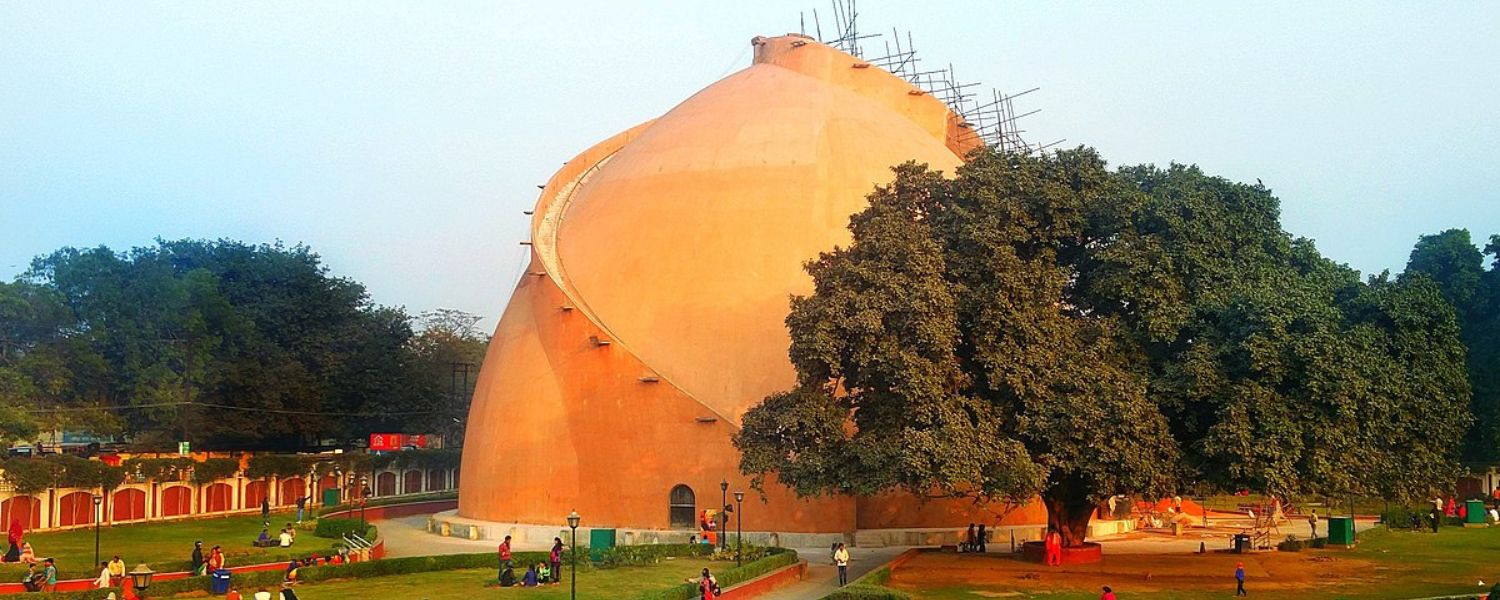
However, Golghar, a distinguished World Heritage Site in Bihar, was erected in 1786 under the directive of Warren Hastings, the Governor General of India.
Originally intended as a colossal granary to avert famine, Golghar is now a revered historical monument. Further, its unique beehive-like structure, devoid of pillars, astounds visitors.
A spiral staircase comprising 145 steps ascends to the apex, offering a mesmerizing panorama of verdant gardens, the meandering Ganges, and the vibrant cityscape.
Crafted by Captain John Rrastin, Golghar’s design boasts a stupa-like architecture soaring 29 meters high, supported solely by a robust wall.
The ascent to the summit, albeit demanding, rewards climbers with unparalleled vistas, epitomizing world heritage sites in Bihar cultural landscape’s architectural and historical richness.
Sher Shah Suri Tomb
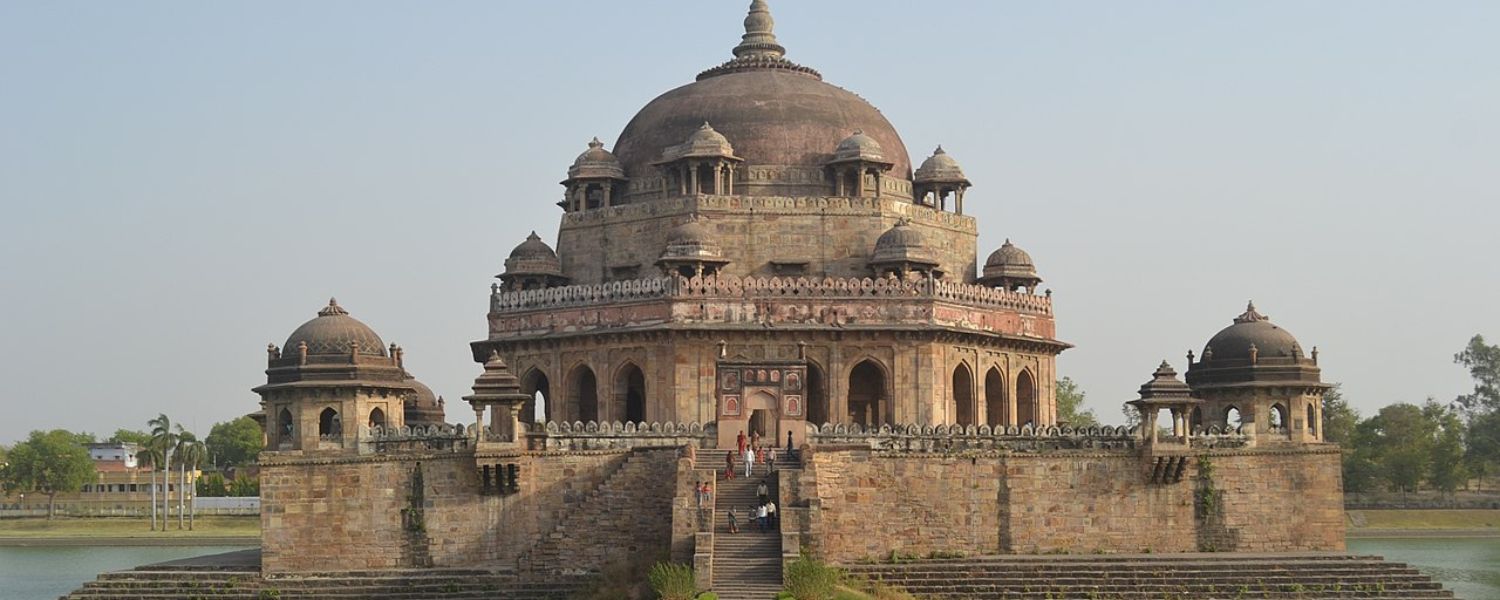
Further, revered as the ‘Second Taj Mahal of India,’ the Sher Shah Suri Tomb is a testament to Bihar’s rich historical heritage.
This architectural marvel is nestled within an artificial lake, situated amidst tranquil surroundings, offering a picturesque setting.
Crafted from red sandstone, the three-story mausoleum showcases an exquisite Indo-Islamic architectural style, towering at 122 feet.
Constructed between 1540 AD and 1545 AD, it houses the remains of Emperor Sher Shah Suri and 25 other graves.
Moreover, the tomb’s significance is heightened by its seamless integration with its natural heritage of Bihar surroundings, creating a serene ambiance that enchants visitors.
This monumental masterpiece not only captivates with its grandeur but also serves as a poignant reminder of world heritage sites in Bihar.
Nalanda Mahavihara
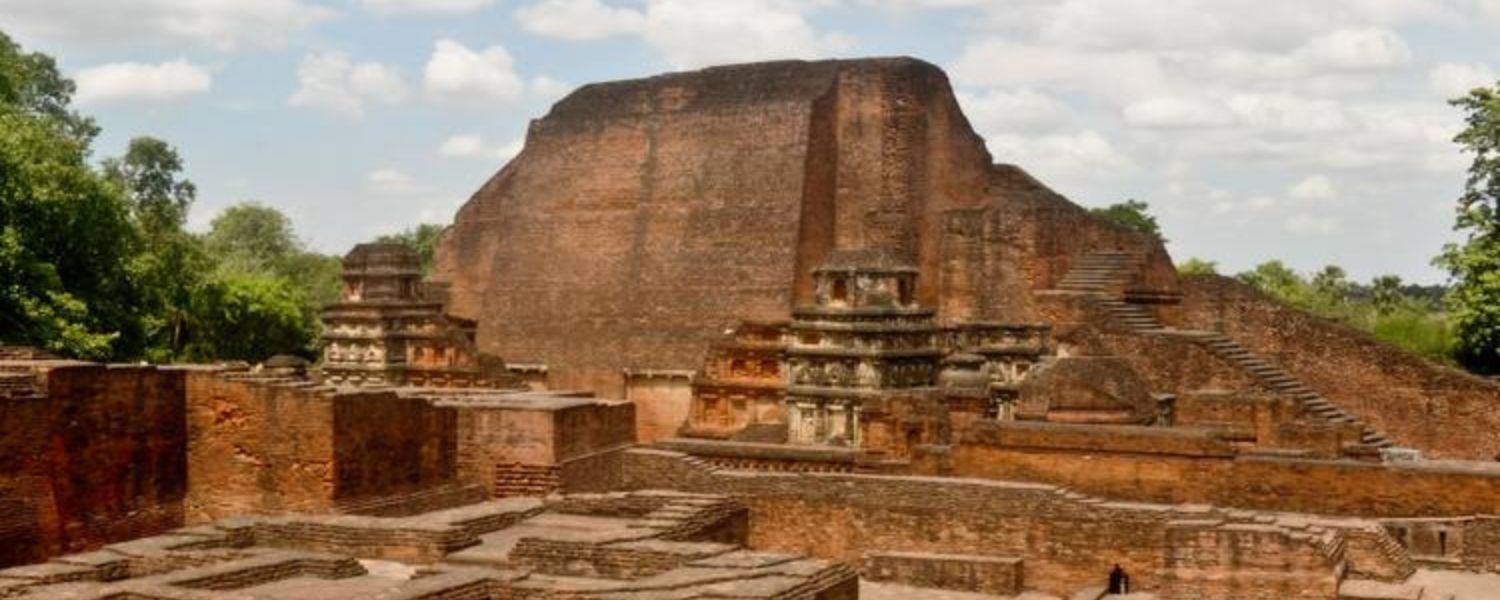
Dating back to the 5th century CE, Nalanda Mahavihara stood as the pinnacle of Buddhist education for over 800 years.
Under the Gupta dynasty and Emperor Harshavardhan’s patronage, it thrived, welcoming scholars from distant lands.
However, its zenith waned in the 9th century with the establishment of rival institutions by the Pala dynasty.
Devastation struck in the 12th century when Bakhtiyar Khilji laid waste to the university. Despite its decline, Nalanda once housed 10,000 students, including the famous heritage sites of Bihar scholar Hsuan-Tsang.
Today, its ruins, a UNESCO-declared site, stand as a testament to its grandeur, attracting visitors worldwide.
Additionally, World heritage sites in Bihar boast numerous treasures, but Nalanda Mahavihara’s legacy endures, reminding us of its unparalleled significance in history.
Barabar Caves
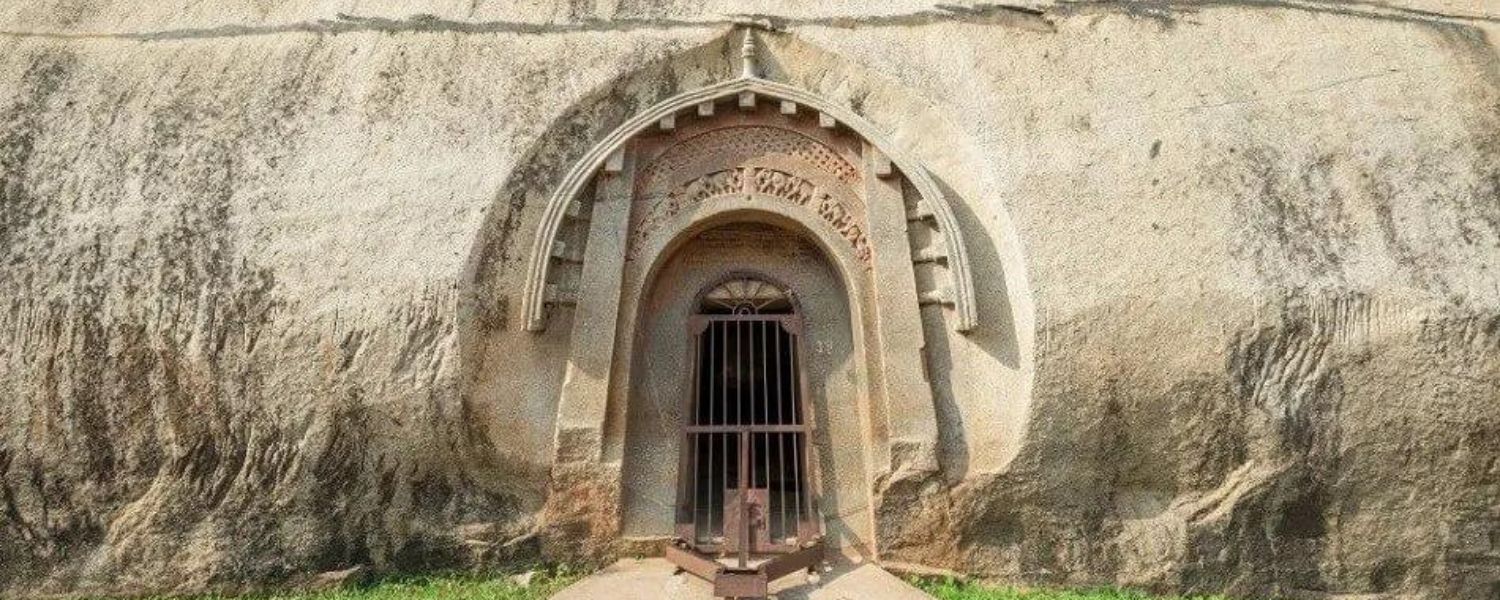
Counted among Bihar’s most treasured world heritage sites in Bihar, the Barabar Caves stand as enduring testaments to ancient craftsmanship.
Carved from granite during the Mauryan dynasty, these caves, mentioned in the Mahabharata, showcase the prowess of Indian rock-cut architecture.
Their interiors, polished to a brilliant sheen, mesmerize visitors with their timeless beauty. Remarkably, a shout within the caves reverberates for several seconds, a testament to their acoustical marvels.
From 322 BCE to 185 BCE, these caves, comprising four distinct structures, continue to captivate with their historical significance.
Exploring the Barabar Caves offers a journey into the heart of Bihar’s rich cultural world heritage sites in Bihar, where history whispers its secrets amid the silent stones.
Patna Museum
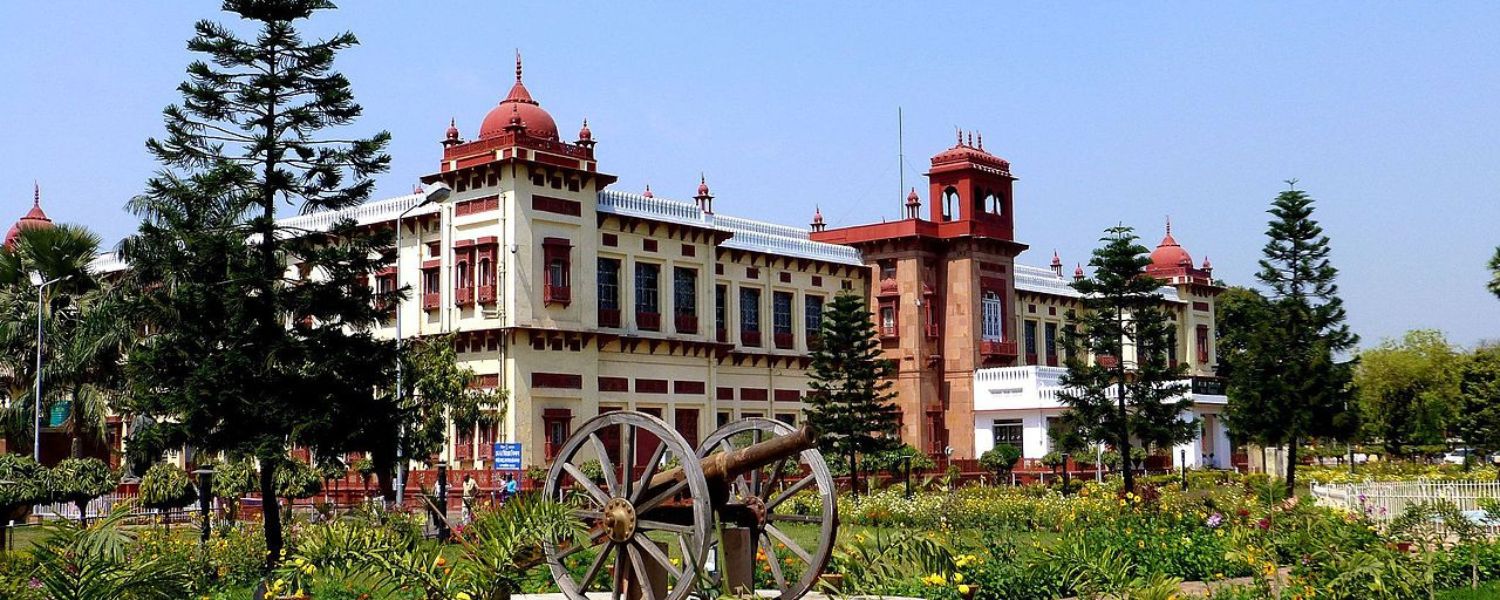
However, the cultural richness of Bihar Patna Museum stands tall as to the region’s historical significance.
Its architectural grandeur, blending Mughal and Rajput styles, offers a captivating backdrop to a treasure trove of antiquities. Since its inception in 1917, fondly known as Jadu Ghar, it has mesmerized visitors with its artifacts.
Noteworthy are the portraits of British colonial rulers, ancient musical instruments, and the remarkable contributions of Dr. Rajendra Prasad.
However, the pièce de résistance remains in the casket holding Lord Buddha’s ashes, alongside a 200-million-year-old tree fossil. Indeed, a journey through time awaits within its walls.
Rohtasgarh Fort
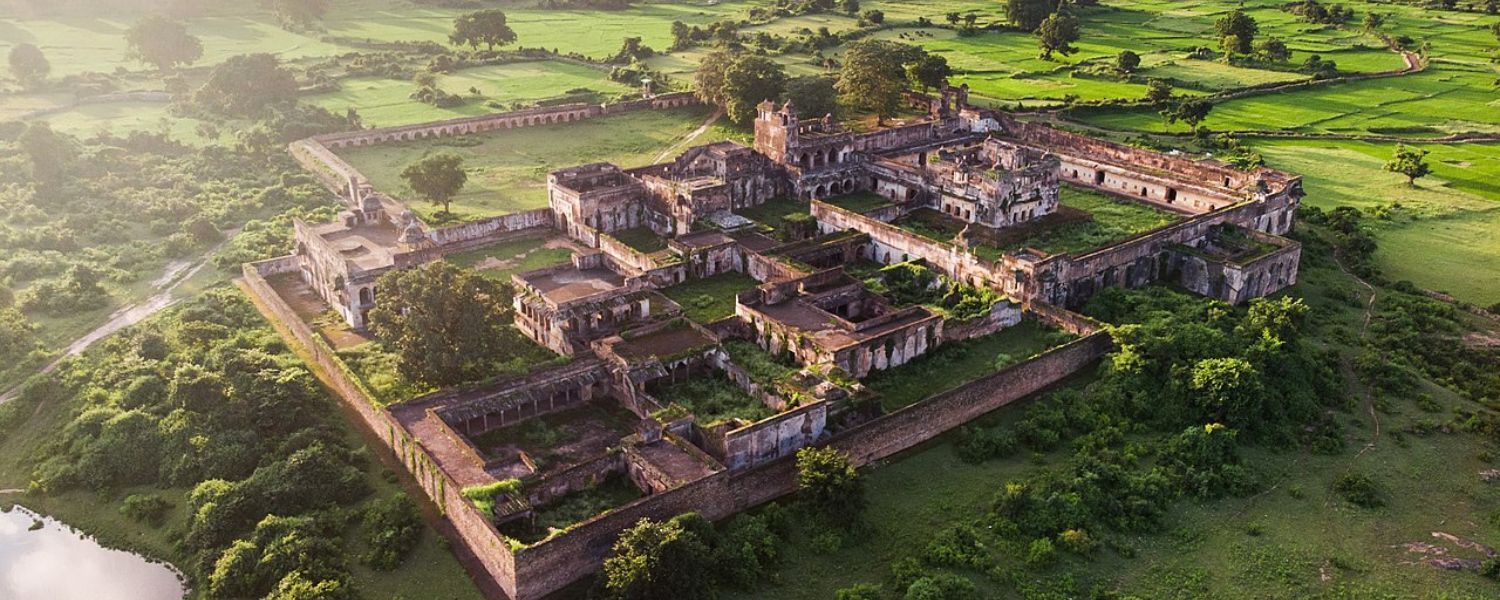
Further, along the serene banks of River Sone, the Rohtasgarh Fort stands proudly atop a lofty 1500-meter elevation, offering a breathtaking panorama of Bihar’s rich history.
Legend has it that the fort was commissioned by Raja Harishchandra of the Solar dynasty, who named it after his son, Rohitashva.
Despite enduring the ravages of time, Rohtasgarh continues to captivate with its ancient allure. In 1539 CE, it passed into the hands of Sher Shah Suri, marking a pivotal chapter in its storied past.
Today, it stands as a testament to world heritage sites in Bihar, a silent witness to the ebbs and flows of history.
Agam Kuan
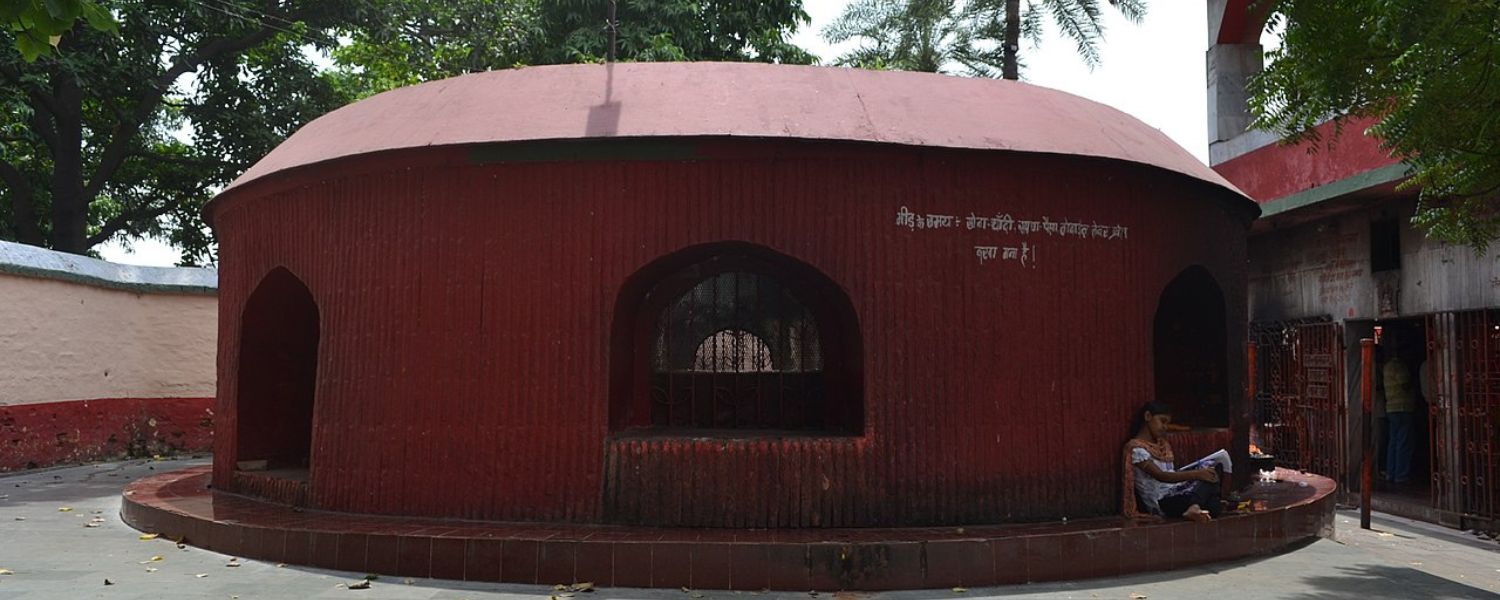
However, dating back to the ancient Mauryan era, Agam Kuan is a remarkable historical site in Bihar. Its well, boasting a staggering depth of 105 feet, is adorned with eight massive arched windows.
Legend has it that Agam Kuan was once part of King Ashoka’s chambers of torture before his conversion to Buddhism. Visitors often participate in the tradition of tossing coins into the well, hoping their wishes will come true.
Notably, Laurence Waddell identified this site in ancient Chinese travelers’ manuscripts from the 5th to 7th centuries AD. Agam Kuan is a testament to world heritage sites in Bihar, offering a glimpse into its illustrious past.
Bihar Museum
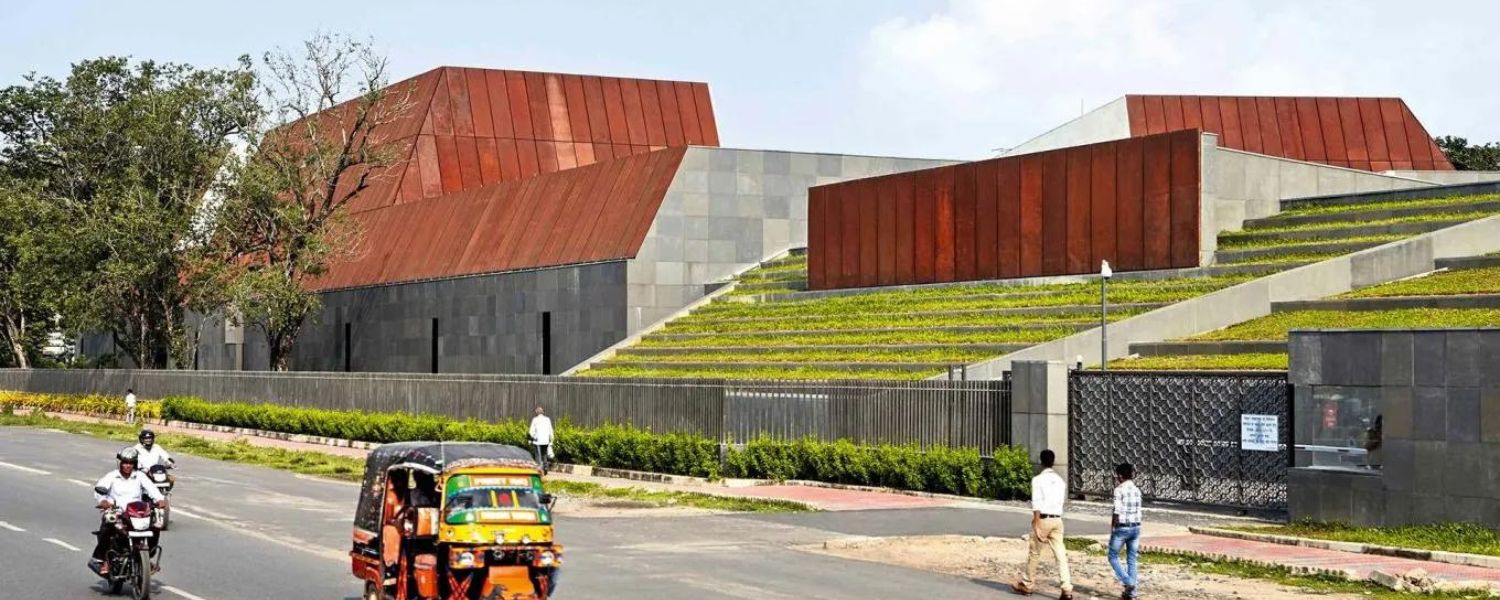
Moreover, the cultural tapestry of Bihar lies in the captivating Bihar Museum, a cherished gem among historical enthusiasts and tourists alike.
This iconic institution celebrates the state’s rich heritage and serves as a beacon of inspiration for its youth, instilling a sense of pride in its cultural legacy.
Spanning an impressive 5.6 hectares, the museum beckons visitors to embark on a journey through time, delving into the intricate tapestry of Bihar’s history.
Housing an extensive array of tribal artworks and ancient artifacts, it boasts diverse galleries such as the orientation, regional, and contemporary galleries.
Moreover, highlighting world heritage sites in Bihar contributions to world heritage sites, the museum is a testament to the state’s profound historical significance.
Mahatma Gandhi Setu

The Mahatma Gandhi Setu, India’s second longest river bridge, spans a remarkable 5.7 kilometers across the sacred River Ganges, connecting Hajipur to Patna.
This iconic structure, completed in 1982 after a decade of construction, facilitates travel and serves as a captivating historical landmark in Bihar.
Tourists flock to admire its architectural prowess and capture breathtaking Ganges vistas. Before its construction, the Rajendra Setu was the sole link between North Bihar and the rest of the state.
Today, the Mahatma Gandhi Setu is a testament to engineering brilliance and connects communities while offering glimpses into world heritage sites in Bihar.
Vishwa Shanti Stupa, Rajgir
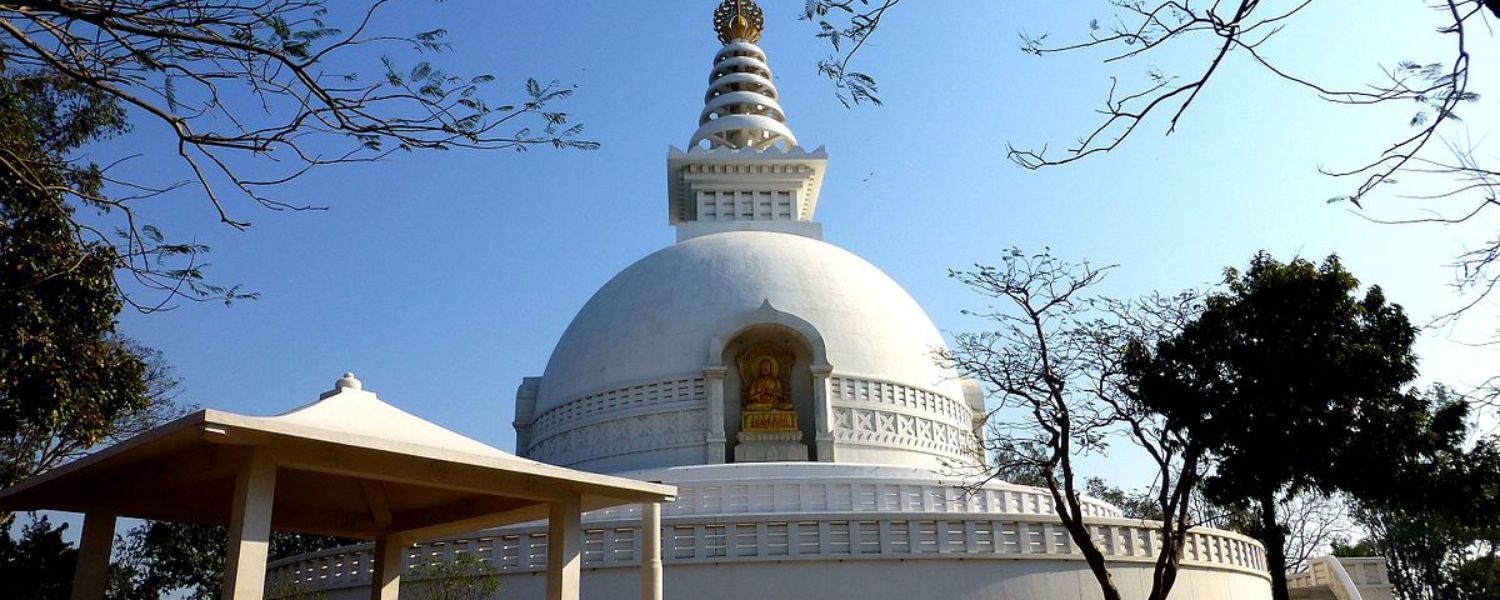
However, the Ratnagiri Hill in Bihar, the Vishwa Shanti Stupa, established in 1969, is a significant Buddhist monument.
Rising 40 meters high, this serene peace pagoda offers a tranquil retreat set amidst lush greenery at 1000 feet.
Revamped in 1993, it now boasts a pristine white facade accentuated by four golden statues of Lord Gautama Buddha, symbolizing critical phases of his life.
Accessible via chairlift and aerial ropeway, the stupa is a testament to peace and harmony. Inspired by Mahatma Gandhi, its construction signifies a blend of spirituality and non-violence.
Visiting this stupa promises a journey through history and spirituality, offering solace amidst its tranquil surroundings.
Mahabodhi Temple
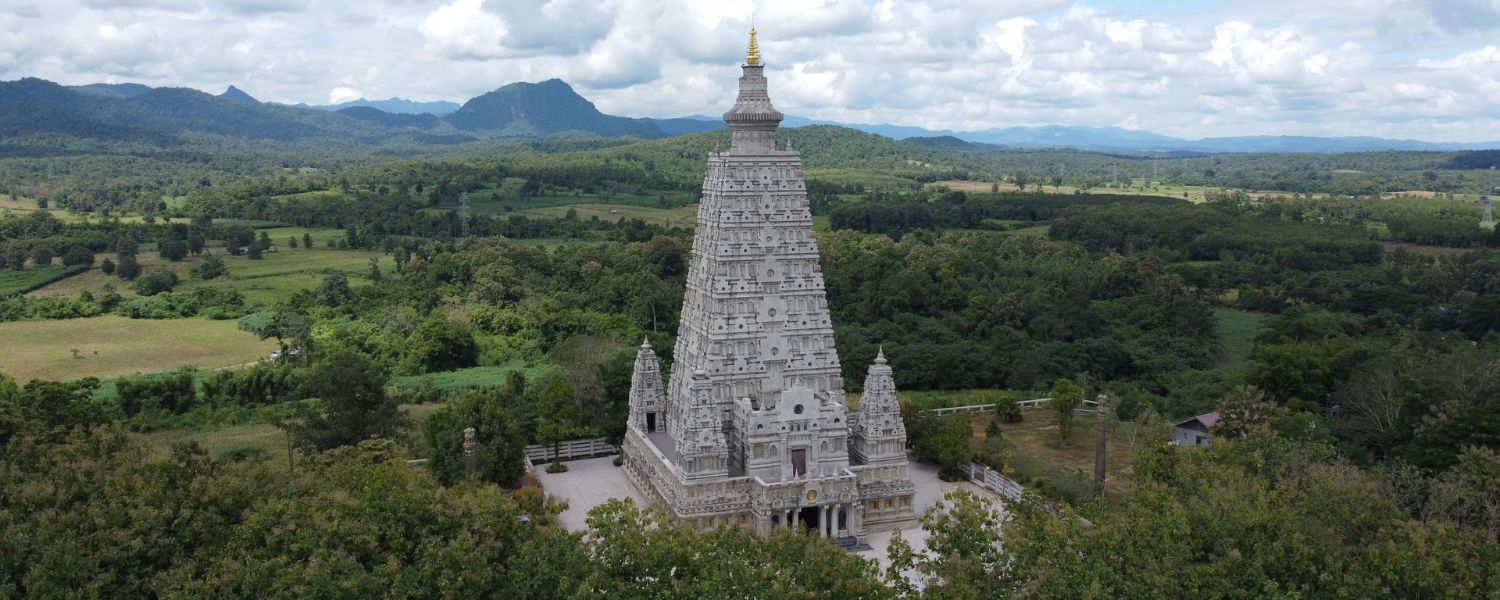
Mahabodhi Temple, also recognized as Mahabodhi Mahavihara, stands as a revered monuments of Bihar, acknowledged among world heritage sites in Bihar.
This historical marvel traces its origins to antiquity and has undergone several renovations. It holds profound significance as the site of Gautam Buddha’s enlightenment, a fact sanctified by King Ashoka.
Encircling the temple, you’ll find monks engaged in tranquil meditation, seeking inner peace and enlightenment.
Post-temple exploration, find solace beneath the Bodhi Tree, where meditation unveils clarity amidst life’s chaos.
Reverberating with history, the temple boasts a bodhi tree, believed to be the very spot of Buddha’s enlightenment. Its allure extends beyond Buddhists to Hindus, drawing pilgrims for millennia.
Established by Ashoka circa 260 BCE, this sanctum is now a testament to timeless spirituality.
Ajatshatru Fort
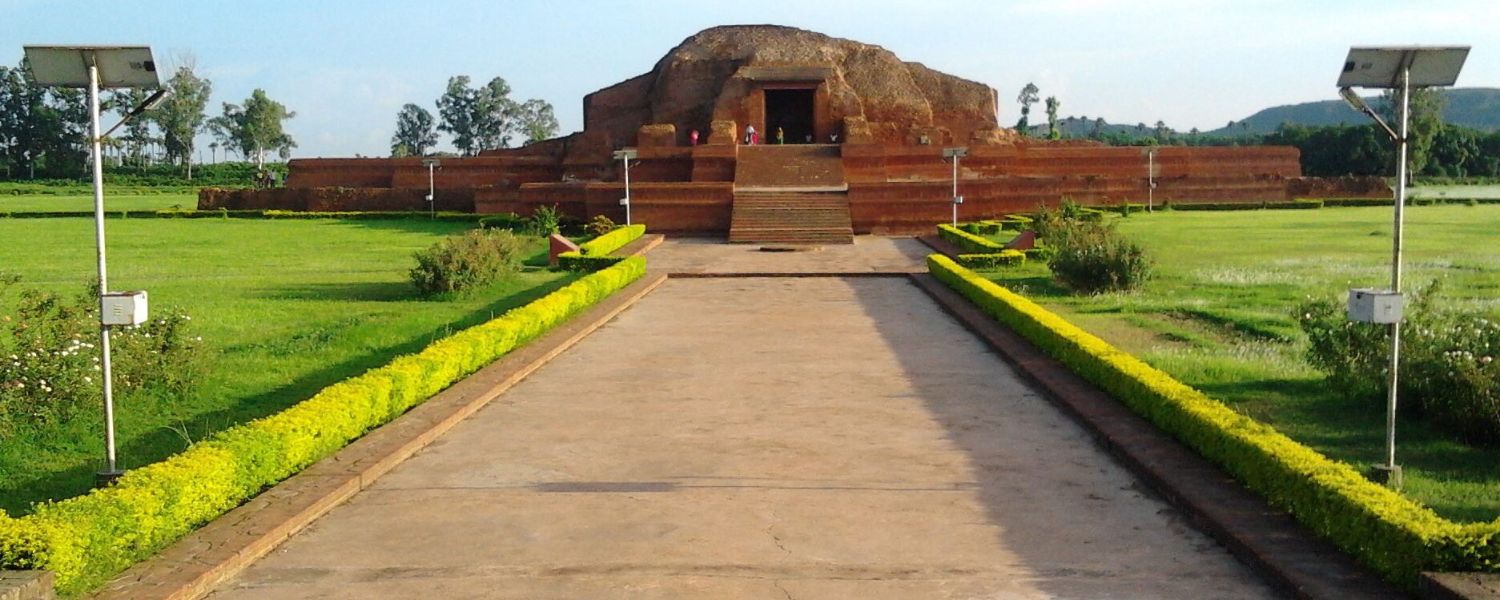
Constructed around the 6th century BC under the reign of King Ajatshatru, the Ajatshatru Fort stands as a timeless testament to Bihar’s rich history.
This ancient fort preserves its grandeur despite its current ruin, offering a glimpse into its illustrious past.
Within these walls, King Bimbisara, imprisoned by his own son, found solace in observing Gautama Buddha’s teachings.
Today, the fort’s remnants echo power struggles and spiritual enlightenment stories. The fort narrates the saga of ancient Bihar with each stone, inviting visitors to delve into its captivating history.
Moreover, legends from Buddhism and Jain Agamas add further depth to Ajatshatru’s legacy, making it an indispensable part of Bihar’s cultural heritage.
Chhoti Dargah
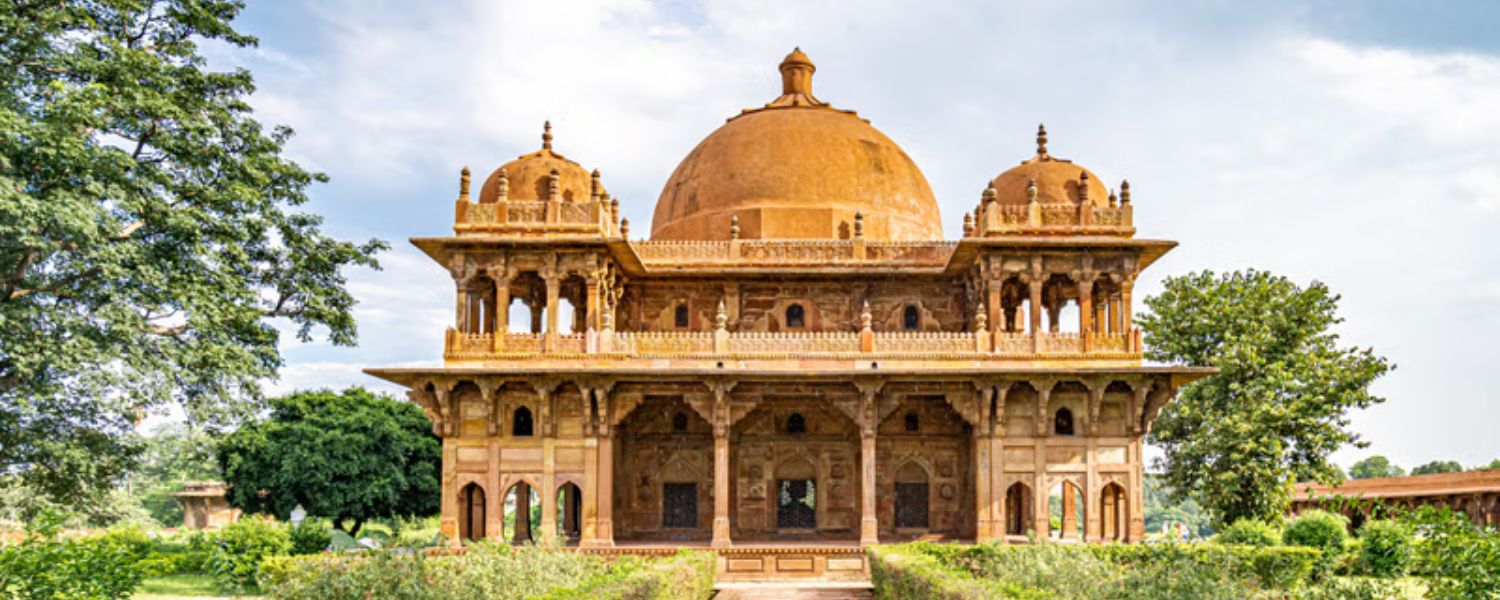
However, 80 kilometers from Patna lies the illustrious Chhoti Dargah, also known as ‘Maner Sharif.’ This architectural marvel stands tall as the final resting place of the revered Sufi saint, Makhdoom Shah Daulat.
Stepping into its premises, visitors are greeted by a breathtaking sight – a grand central dome surrounded by four majestic minarets.
The intricately adorned walls and ceilings, featuring motifs and Quranic passages, narrate tales of its 405-year-old history. Beyond its structural beauty.
The Dargah compound houses a vast tank and a magnificent mosque, a testament to its architectural significance. The mosque’s construction in 1619 by Ibrahim Khan is noteworthy, adding yet another layer of historical richness to this revered site.
Ashokan Pillar
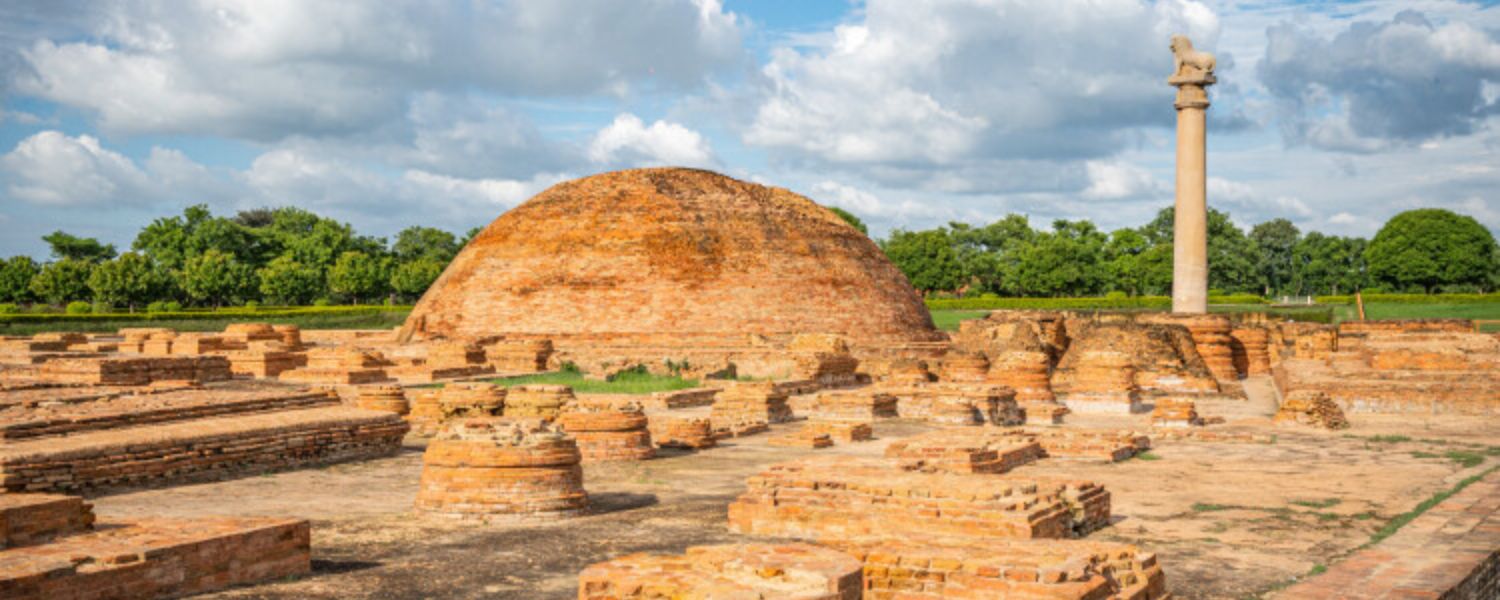
Standing majestically amidst historical remnants, the Ashokan Pillar is a towering testament to ancient India’s rich heritage.
Crafted from polished sandstone, this monolithic wonder, towering 12 meters high, bears the insignia of King Ashoka’s reign.
A life-size lion statue proudly watches over the landscape at its zenith, symbolizing the reverence for Gautama Buddha’s final teachings.
Dating back to the Mauryan era (268 to 232 BCE), these pillars, numbering twenty surviving examples, once adorned Buddhist monasteries across the land.
Despite the passage of time and the relocations orchestrated by Mughal rulers, the Ashokan Pillars endure as the earliest stone sculptures in India.
Visitors to this World Heritage Site in Bihar can also explore nearby relics such as the brick stupa, Ramkund tank, and the remnants of the ancient Kitagarsala monastery.
Bodhi Tree

Among Bihar’s esteemed world heritage sites in Bihar, the Bodhi Tree stands as an emblem of spiritual significance.
Revered as the spot where Gautama Buddha attained enlightenment, this sacred fig tree is irreplaceable in Buddhist history.
Initially marked by a seventh-century temple, the site gave way to the majestic Mahabodhi Temple. Over the centuries, the Bodhi Tree has drawn countless pilgrims, meditators, and spiritual seekers.
Notable figures like Nagarjuna, Padmasambhava, and Atisha have graced its shade with their meditation.
Celebrations such as Bodhi Day on December 8th annually commemorate the enlightenment achieved here by Lord Buddha.
This living symbol of enlightenment inspires seekers of truth and spiritual growth, perpetuating its timeless legacy amidst world heritage sites in Bihar’s historical tapestry.
Padri Ki Haveli

Padri Ki Haveli is a testament to Bihar’s rich history and spiritual significance. Constructed on the grounds where the city’s first Catholics established a humble cathedral, this magnificent structure dates back to 1713.
Renovated in 1772 by Venetian artist Tirreto, it boasts intricate designs and a beautifully inscribed bell. Not only is it Bihar’s oldest church, but it also holds the distinction of being the training ground for Mother Teresa.
Legend has it that even the Virgin Mary graced its hallowed halls. Destroyed by Nawab Mir Qasim, it rose again, symbolizing resilience and faith.
Padri Ki Haveli remains a must-visit destination, offering a glimpse into Bihar’s captivating past and architectural brilliance.
Gandhi Ghat

Gandhi Ghat, a revered destination named after the iconic Mahatma Gandhi, holds significant historical and cultural importance.
This sacred site witnessed the immersion of Gandhiji’s ashes into the holy waters of the Ganga. The mesmerizing Ganga Aarti is an unmissable spectacle, where 51 lamps illuminate the evening sky, captivating visitors with its spiritual allure.
Moreover, tourists can enjoy serene boat rides while witnessing this ethereal ceremony. The annual Kite Festival also draws crowds, adding vibrancy to the atmosphere.
Remarkably, Gandhi Ghat has been a witness to Ganga Aarti for centuries, showcasing its enduring legacy.
Amidst Bihar’s esteemed world heritage sites, Gandhi Ghat is a testament to India’s rich cultural tapestry and enduring reverence for Mahatma Gandhi.
Vishwa Shanti Stupa, Vaishali

Rising majestically as a beacon of global harmony, the Vishwa Shanti Stupa in Vaishali has stood since 1969. Its gleaming white facade serves as a prominent landmark visible from afar.
Within its precincts lie ancient relics associated with Buddha, drawing Buddhist pilgrims from across the globe.
Often referred to as the “Japanese Peace Pagoda,” its genesis was a tribute to those who perished in the bombings of Hiroshima & Nagasaki.
Encircled by lush gardens, it offers a serene backdrop for strolls and picturesque moments.
Historically, this monument was jointly established in 1969 by Nipponzan Myohoji or Rajgir Buddha Vihar Society, with the singular aim of commemorating the tragic events of Hiroshima and Nagasaki.
Conclusion
In conclusion, the World Heritage Sites in Bihar present a captivating tapestry of history and culture, beckoning visitors to embark on an amazing journey through time.
From the serene tranquility of Nalanda Mahavihara to the majestic grandeur of the Mahabodhi Temple, each site is uniquely significant in Bihar’s rich heritage.
Moreover, architectural marvels such as Golghar and Sher Shah Suri Tomb are enduring testaments to the state’s glorious past.
Additionally, the cultural treasures housed within the Bihar Museum and the spiritual sanctity of places like Vishwa Shanti Stupa in Rajgir add further depth to the region’s historical legacy.
Indeed, world heritage sites in Bihar not only enchant with their beauty but also offer profound insights into the history and spirituality of India.
Explore these gems, and let world heritage sites in Bihar unveil its timeless wonders to you.
FAQ
Q: How many world heritage sites are in Bihar?
A: Bihar is home to two UNESCO World Heritage Sites, the Mahabodhi Mahavihara in Bodh Gaya and the ruins of the former Nalanda University.
Q: What is Bihar’s heritage?
A: Bihar’s heritage encompasses a diverse range of attractions, including the Mahabodhi temple, Buddha Smriti Park, Nalanda University, Asokan Pillar, Barabar Caves, Vishwa Shanti Stupa, Kesaria Stupa, and more.
Q: Is Nalanda University a UNESCO World Heritage Site?
A: Yes, Nalanda University, with its ancient ruins dating back to the third century BC, was designated as a UNESCO World Heritage Site in 1980.
Q: What is Bihar famous for?
A: Bihar is renowned for its significant role in spreading Buddhism and being the birthplace of Lord Mahavira, the founder of Jainism. The state’s rich cultural heritage includes numerous Stupas and historical sites associated with these spiritual traditions.










